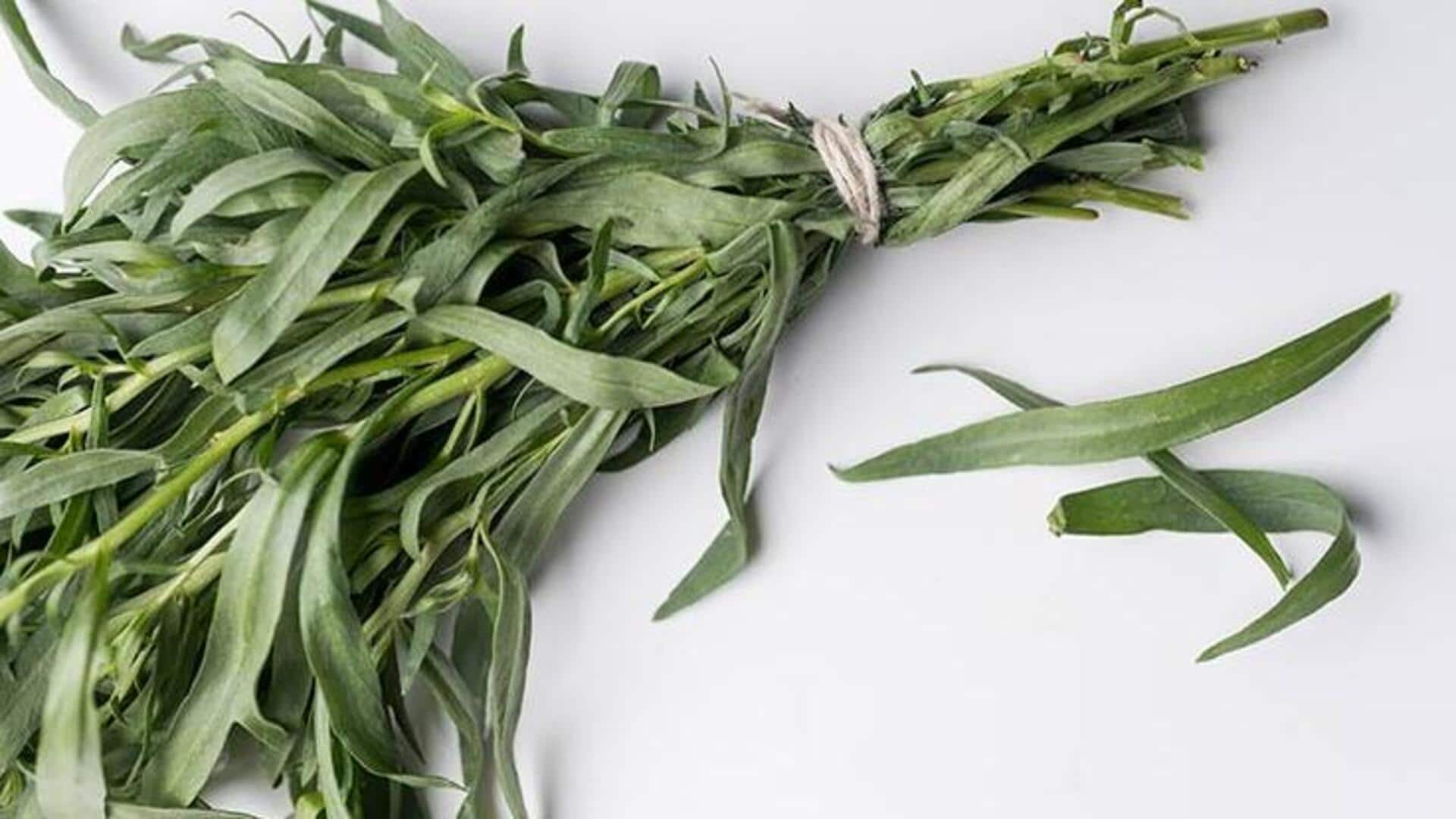
It's simple to grow tarragon in your herb garden—here's how
What's the story
Tarragon is a perennial herb prized for its fragrant leaves, which add a distinct flavor to a variety of dishes. However, growing tarragon can be a bit tricky as it needs well-drained soil, plenty of sun, and a good haircut (read: pruning) once in a while. Here are five crucial tips to ensure your tarragon thrives in your herb garden.
Variety Choice
Select the right variety
There are two primary types of tarragon: French and Russian. French tarragon is the gold standard in flavor but it's a bit of a diva, needing warm, dry conditions and not handling cold well. Russian tarragon, on the other hand, is the hardy cousin, putting up with less than perfect conditions but lacking that intense aroma and flavor. Choosing the right one for your climate and taste buds is key!
Soil preparation
Ensure proper soil conditions
Tarragon thrives in well-drained soil with a neutral to slightly alkaline pH (6.5-7.5). Before planting, amend the soil with compost or well-rotted manure to enhance drainage and fertility. If your soil is heavy clay, raise the beds or grow in containers using a mix of potting soil and sand for better drainage.
Sunlight exposure
Provide ample sunlight
This herb adores the sun! Tarragon requires a minimum of six hours of direct sunlight each day to grow well and develop its distinct flavor. When planting tarragon in your garden, select a location that gets plenty of sunshine all day. If you're growing it indoors, position it near a south-facing window. If natural light isn't enough, consider using grow lights.
Irrigation practices
Water wisely
Although established tarragon is drought-tolerant, young plants need regular moisture to establish strong root systems. Water deeply once a week, allowing the soil to dry out slightly between watering. This will encourage the plant to develop deep, healthy roots. Avoid overhead watering to prevent leaf diseases. Use drip irrigation or water at the base of the plant. This keeps the leaves dry and helps prevent the spread of disease.
Pruning technique
Prune regularly for bushier growth
Regular pruning keeps it looking good and encourages bushier growth by stimulating the development of new shoots from the base of the plant. In early spring, cut back any old growth to make way for the fresh leaves. During the growing season, pinch off flower buds as they form. Allowing the plant to flower can diminish the flavor of the leaves. This little care will keep your plant super healthy.